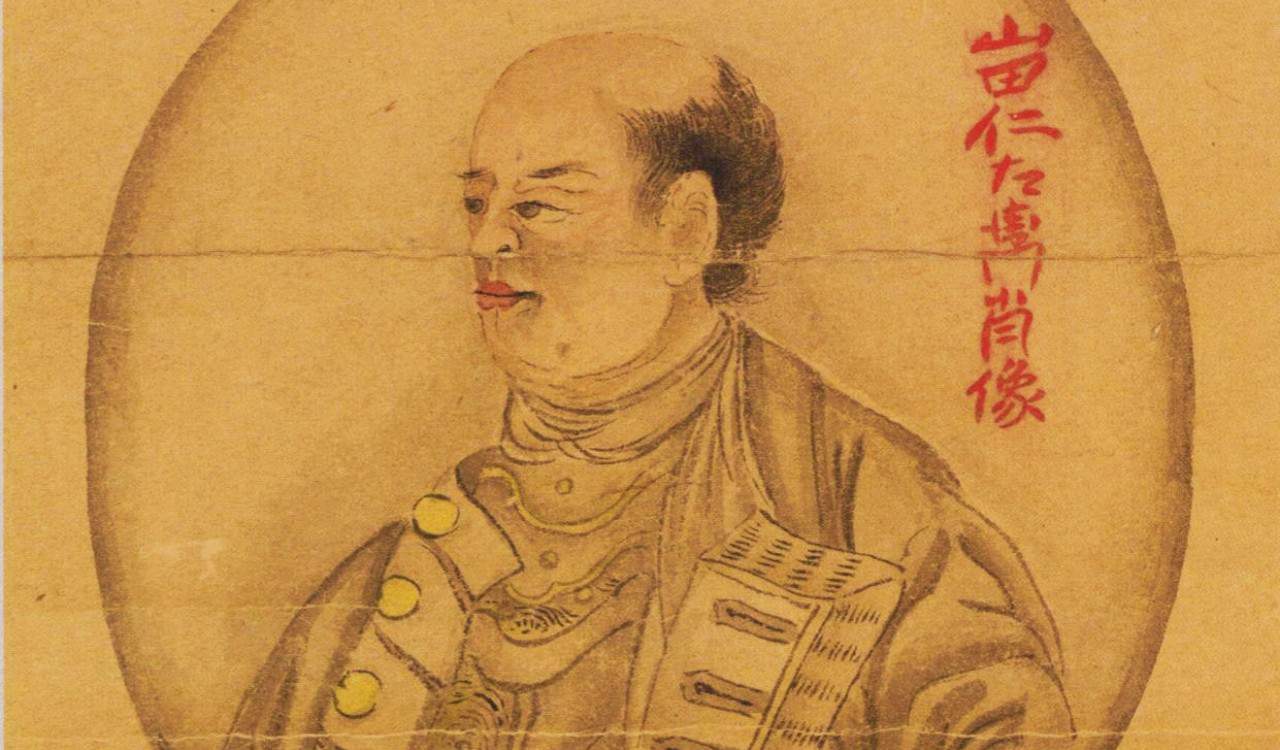There are many notable assassinations that have taken place in world history. However, in our specific list today we chose to focus on those that occurred mostly before World War II. This means we will not be addressing the assassinations of Malcolm X, John F. Kennedy, Faisal bin Abdulaziz Al Saud, or Dr. Martin Luther King, Jr. As big as each figure was, we felt that bringing up the assassinations beyond World War II’s end would pretty much equal the same, exact cause of life expiration.
By addressing those before this, we can discuss more varieties of assassinations and their impact. Sometimes, people revolt and take out a major figure. In other cases, it’s a spy or hired assassin that carries out the job. Other times, it is someone hungry for a throne who will do anything to get it. How do they take out their target? This is one of the many things we’ll address. We will discuss the motive, who did it, how, as well as what happened after they did the job. Let’s dive into all of this right now!

Yamada Nagamasa
- Assassinated By: Prasat Thong (indirectly)
- Year: 1630
- Cause Of Fatality: Poison
- Motive: To Prevent Future Uprising
Yamada Nagamasa was a notable samurai and adventurer in the early 1600s. He eventually gained influence in the Ayutthaya Kingdom. This led to him becoming the Governor of the Nakhon Si Thammarat province. While this village was within the Thailand borders, it was actually home to roughly 1,000 Japanese citizens, making Yamada a great leader for the province. Several prominent samurai and ronin ended up in the village because of his leadership.

In 1629, King Songtham sent for Yamada and he traveled to see him. Yamada came right as a succession war was going down between the King and Prasat Thong. Prasat had operated as a “king-maker” before taking the throne for himself. He even performed regicide by taking out the King’s sons, then took the throne. While the stories vary, everyone agrees that Thong ordered that Yamada was to be poisoned. The most prominent story was that Yamada’s food was spiked and it took him months to finally pass. This means the poison was likely one that affected a specific organ or two that took months to spread.
